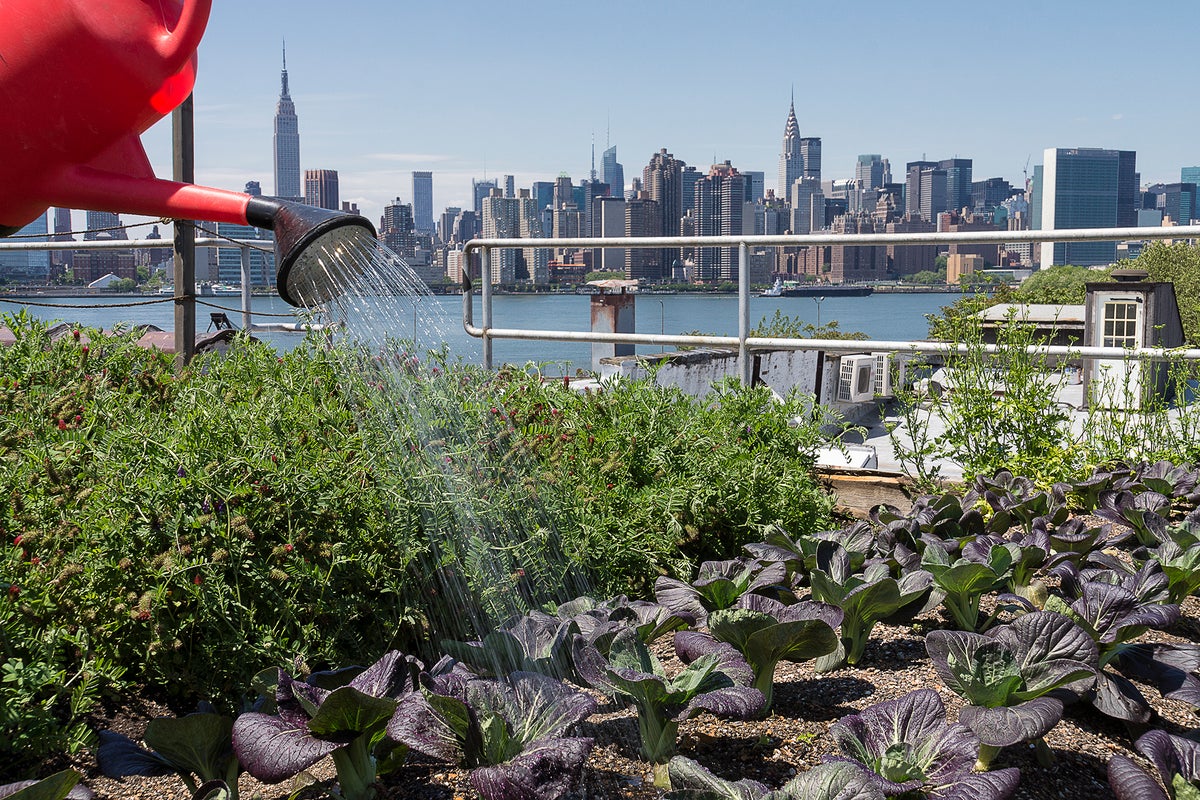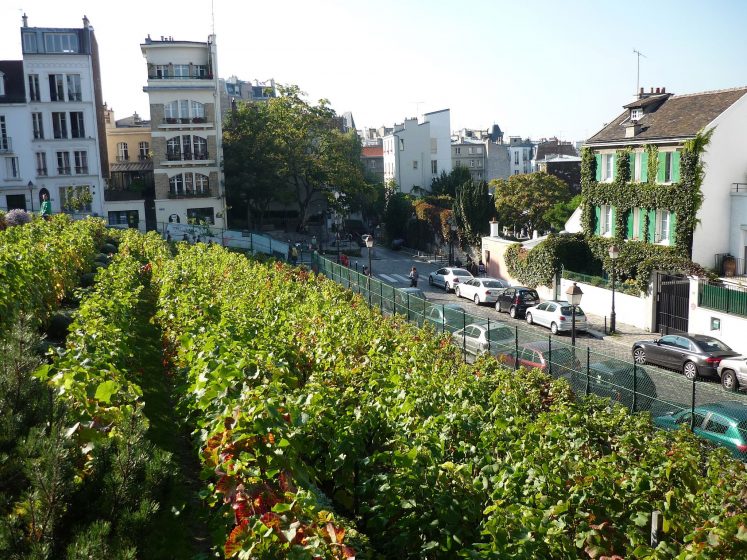The 5-Second Trick For City Blooming
The 5-Second Trick For City Blooming
Blog Article
About City Blooming
Table of ContentsHow City Blooming can Save You Time, Stress, and Money.The Greatest Guide To City BloomingCity Blooming Can Be Fun For EveryoneAn Unbiased View of City BloomingThe 7-Minute Rule for City Blooming
Intrigued in expanding food up for sale in the City of Chicago? Thinking of beginning an area garden? Adjustments to the Chicago Zoning Ordinance allow farming uses like neighborhood gardens and city ranches in many parts of the city. Below is a listing of frequently asked questions regarding the guidelines and policies that farmers should take into consideration when preparing a city farming task.
The zoning amendment does not modify any kind of various other codes managing composting, structure permits, purchasing or leasing City owned residential property, company licenses or environmental contamination. There are existing codes that control these issues and they remain completely effect and may apply to your project. Neighborhood gardens are typically possessed or taken care of by public entities, public companies or community-based companies and preserved by volunteers.
Urban farms expand food that is meant to be offered, either on a nonprofit or for-profit basis. Due to their business objective, city ranches call for a business license.
The Main Principles Of City Blooming
The quantity of garden compost material can not exceed 25 cubic yards at any provided time according to the standards in 7-28-715 of the City's Municipal Code. Since the soil at a lot of brand-new yard sites requires changing, garden compost, dirt, wood chips, or various other materials can be gotten to create or improve the growing area.

If a building authorization is needed after that the hoophouse will be considered an accessory structure. You can learn more about the structure authorization needs by speaking to the Division of Buildings. The 25,000-square-foot size limit is intended to prevent a solitary neighborhood yard from dominating an offered block or interfering with the block's existing property or commercial personality.
The restriction does not put on gardens located in Public Open Space (POS) areas. Can there be greater than one area garden that is 25,000 square feet on a single block? Yes. The size limit puts on specific gardens, not to specific blocks. No. Fence is not required, nonetheless, gardens that have huge parking lot may be called for to mount fencing or various other landscaping functions.
Examine This Report on City Blooming
B1 & B2 areas need that all commercial usage activities be conducted inside your home. eco-friendly practices R areas limit business activity. The policies reflect the function and intent of the Zoning Code. Is fence needed for urban ranches? Yes. Fences might be called for, along with landscape design and screening, for sure parking lot and outside work or storage space locations depending on location and the certain activity taking location.
Urban farms call for structure licenses and zoning approvals prior to building (eco-friendly practices). Other kinds of city review might be required depending on certain frameworks, activities, dimension, landscaping, licensing, public health and stormwater administration issues.
The Department of Company Affairs and Consumer Protection can help identify the details kind of service certificate that's needed. Off road car parking is needed for the majority of commercial tasks in Chicago. The required number of car park areas is based on the number of staff members functioning on website and not the square footage of the expanding area.
6 Easy Facts About City Blooming Explained

A metropolitan ranch can offer compost material generated on website, however, the operation must abide with the regulations in 7-28-715 of the Chicago Municipal Code. Aquaponic systems are allowed indoors on urban ranches in many zoning areas.
As much as 5 hives or colonies of honey might be kept as an accessory use. Beekeepers should register with the Illinois Department of Farming. To find out more regarding the recommended zoning modification you might call the Division of Real Estate and Economic Development, Bureau of Planning and Zoning at 312.744.8563.
Farming in cities and metropolitan areas An urban ranch in Chicago. Urban farming refers to various techniques of cultivating. https://mcliouw-keings-breuncy.yolasite.com/, handling, and dispersing food in city locations. The term also uses to the area tasks of pet husbandry, aquaculture, beekeeping, and horticulture in a metropolitan context. Urban farming is differentiated from peri-urban agriculture, which occurs in backwoods beside residential areas.
Excitement About City Blooming
, that seek to create social networks established on a common ethos of nature and area holism. These networks can establish by way of formal institutional support, becoming incorporated into regional town planning as a "shift town" activity for sustainable city growth.
Some of the initial proof of urban farming comes from Mesopotamia.
Report this page